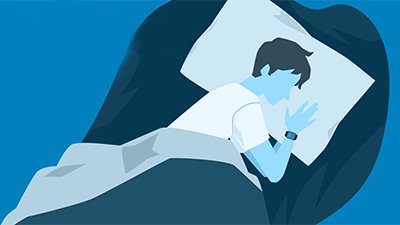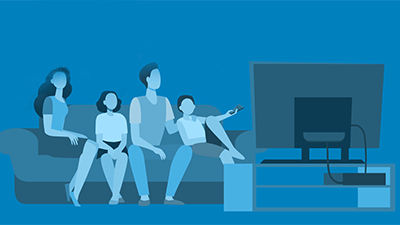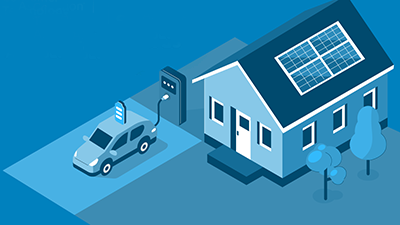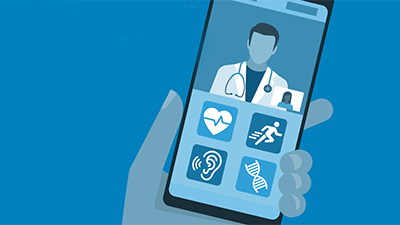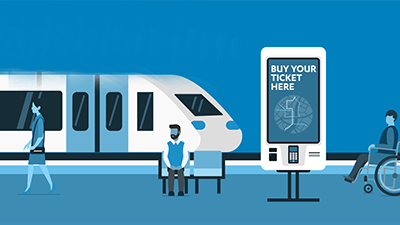Closed captioning and sleep tracking. Heart-rate monitoring and residential smart energy. These and more are efficient and reliable because we helped guide their design. Since 1924, CTA best practices have served as the gold standard that steered the production of countless daily-use products. You may not know it, but CTA’s standards program has underpinned many of the world’s favorite tech devices. Is yours one of them?
The development of standards and best practices has helped shape the tech industry as we know it today, making the consumer experience safer and more user-friendly. CTA is an ANSI-accredited standards developer with 1200-plus active participants, 70-plus committees and working groups, and a library of more than 135 standards. As such, we’re driving standardization through innovation. When industry aligns to set common best practices that make technology more efficient and reliable for consumers, growth and innovation are also advanced. As tech enthusiasts and watchdogs observe World Standards Week, all of us at CTA remain committed to doing our part.
Powering Your Day
You may not give it a lot of thought, but standards have a great deal to do with apps and devices that reliably power daily life. Here are some examples.
Sleep. An essential function, a good night’s sleep allows your body and mind to recharge, leaving you refreshed and alert upon awaking. For this reason, more consumers are using digital health solutions to track and monitor their sleep. Under the auspices of CTA’s Health, Fitness and Wellness Committee, the Sleep Monitoring Working Group has developed a series of standards that define terminology, methodology for measurements and performance requirements for sleep monitoring solutions.
TV. The entertainment center of many homes, TV tech is a wildly dynamic field. Whether streaming the newest drama or watching sports in 4K, consumers benefit from CTA standards that guide and power this essential technology. Look no farther than closed captioning, which has historically been used to improve accessibility of TV programming. Today, millennials and Gen Z, especially, love captions. For one thing, captions facilitate viewing from mobile devices. They also open up content produced in viewers’ non-native languages. CTA standards further support TVs through interoperability, streaming and next-generation TV standards.
Smart energy. Consumers are becoming increasingly aware of how technology is using energy in their homes. They’re focusing more on smart energy which is realized through improved design, high-efficiency technologies and conservation. CTA standards have centered on measurement of energy consumption for a number of key consumer technologies in the home, including digital assistants, TVs, water heaters and more.
Digital health and accessibility. The adoption of digital health technologies has been dramatically accelerated by the pandemic. Consumers embraced monitoring their own health at home and connecting with their clinicians via telehealth applications. With more than 20 standards in digital health, from cardiovascular technologies to digital therapeutics and artificial intelligence in healthcare, as well as mental health technologies, CTA is watching, and acting. We also provide universal guidelines that inform app development and owners of indoor locations – airports, convention centers, museums, public transportation and more – to improve accessibility for the disabled. Our standards work focuses on ensuring that solutions are improving outcomes, lowering costs and enhancing the overall consumer experience.
Standards Never Sleep
CTA standards continue to power market-shaping decisions and drive innovation through standardization. Members and standards-program participants have frontline access to help structure and identify future standardization topics and technical content. Most recently, and with invaluable assistance from our committee participants, CTA helped open the door to affordable hearing aids. The Food and Drug Administration’s (FDA) final rule authorizing over-the-counter (OTC) hearing aids was the culmination of years-long advocacy by CTA, member companies and allied organizations. Starting October, Americans with mild to moderate hearing loss can buy affordable hearing aids the way they buy reading glasses—without a medical exam—from a local store or online.
While our work happens year-round, stay tuned for additional opportunities to contribute during our Technology & Standards Forums, held in the spring and the fall. These events and more attract large and engaged audiences. Get involved!
Don’t sit on the sidelines. Standards for innovation are shaping every aspect of our industry. See how you can lend your expertise to this important work.
